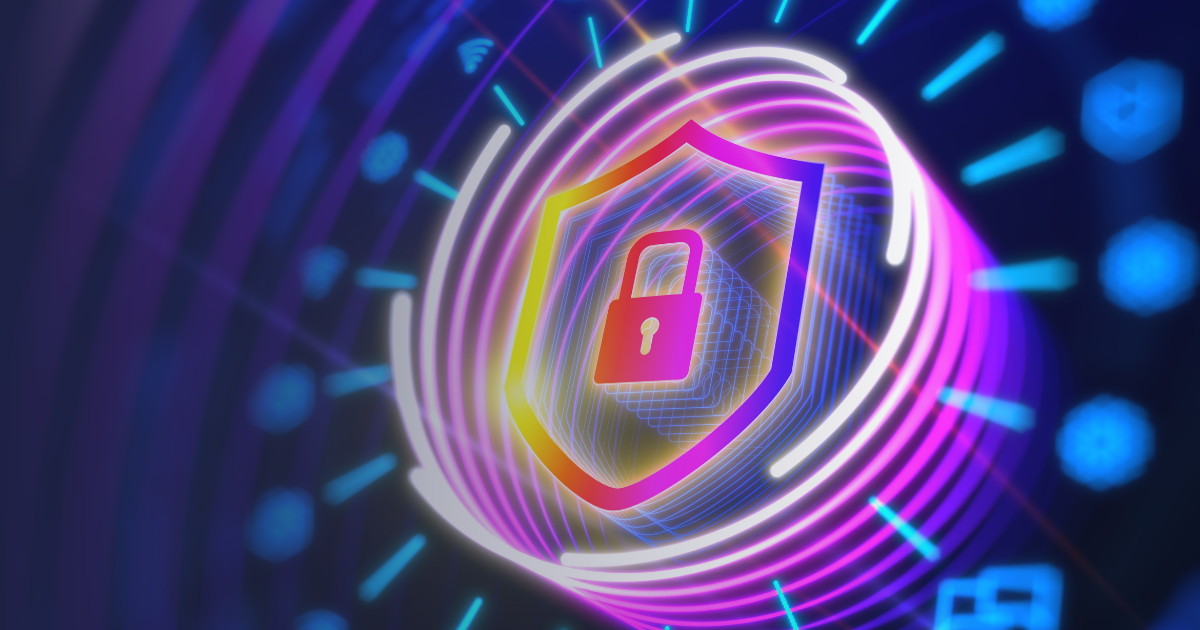
Building a Cybersecurity Culture in Your Organization

Creating a strong cybersecurity culture within your business is crucial. This is built on an understanding that security is not just the responsibility of the IT department; it’s a collective effort that requires awareness and participation from every member of an organization. Building a robust cybersecurity environment involves establishing a set of values, attitudes, and behaviors that prioritize safety, protect against cyber threats, and maintain the trust of your clients and stakeholders.
3 Key Components of a Cybersecurity Culture
At its core, there are 3 key components of a strong cybersecurity culture.
- Awareness: Ensuring that all employees are aware of the potential risks and threats they may encounter in their work and how to mitigate them.
- Accountability: Holding individuals accountable for their actions and ensuring that they follow established security protocols.
- Education: Providing ongoing training and education to employees to enhance their skills and knowledge of best practices.
To bolster each of these components foster a culture of cybersecurity within your organization, here are 4 specific action steps you can take.
1. Leadership Commitment
A strong company culture starts at the top. Leadership must show a commitment to cybersecurity by allocating resources, prioritizing safety initiatives, and actively participating in instructional programs. When employees see their leaders taking security seriously, they are more likely to follow suit.
Leaders can further strengthen this atmosphere by encouraging employee engagement in company-wide practices. Promote an environment where employees are encouraged to share their ideas and suggestions for improving online practices and where they feel comfortable reporting suspicious activities or potential security breaches without fear of reprisal.
Leaders should also recognize and reward employees who demonstrate good judgment. This can be done through formal recognition programs, awards, or even simple acknowledgments in team meetings. Remember that positive reinforcement can be a powerful motivator.
2. Regular Training and Education
Implementing ongoing awareness training programs is crucial for building a cybersecurity culture. By investing in comprehensive training, organizations can empower their employees to become the first line of defense against cyberattacks. Regularly held sessions should educate employees on identifying and responding to various cyber threats and include a focus on key topics such as phishing attacks, password management, and safe internet practices.
To maximize effectiveness, tailor the training to the specific needs and roles of your employees and continuously update these materials to stay current with emerging threats and technologies. Use engaging and easily understandable training materials that can be applied in real-world situations such as workshops, simulations, and e-learning modules to make the training interesting and effective.
Since cybersecurity is an ever-evolving field, staying informed about the latest developments is crucial to proactively address emerging threats. In addition to regular training, subscribe to newsletters, join professional networks, and participate in industry conferences to keep your knowledge current.
DOWNLOAD OUR BUSINESS WEBSITE CYBERSECURITY GUIDE
3. Clear Policies and Procedures
Establish clear cybersecurity policies and procedures that outline the expectations and responsibilities of every employee. These policies should be easily accessible and regularly updated to reflect the latest threats and regulatory requirements. Ensure that all employees understand and acknowledge these policies.
Limit access to sensitive data and systems based on the principle of least privilege. Ensure that employees only have access to the information necessary for their roles. Regularly review and update access controls to reflect changes in job functions or employment status.
Encourage good cyber hygiene practices, such as regular software updates, strong password creation, and multi-factor authentication. Provide tools and resources to help employees manage their digital security, such as password managers and secure communication platforms. Additionally, provide employees with clear reporting channels as promptly addressing and investigating reports can prevent minor issues from becoming major incidents.
4. Make Cybersecurity a Daily Practice
Make cybersecurity a natural part of your everyday workflow rather than a separate task. Integrate security checks into routine processes and encourage employees to work them into their day-to-day activities. This integration helps normalize better digital practices and makes them an inherent part of the company culture.
Additionally, regularly audit your policies, procedures, and controls to identify and address vulnerabilities. Conduct frequent assessments and penetration testing to identify any weaknesses or vulnerabilities in your systems. Use these assessments to inform your training programs and update your existing strategies. External audits can also provide an unbiased view of your organization’s security posture.
Building a cybersecurity culture within your organization is an ongoing process that requires commitment, education, and active participation from everyone. Fostering a security-first mindset can significantly reduce the risk of cyber threats and create safer digital conditions for your business.
Ensure that employees are aware of how to mitigate potential threats, hold them accountable for following protocols, and provide ongoing training to enhance their skills and knowledge of best practices. Remember, online safety is not just about technology; it’s about people and the atmosphere you create around them. By creating a culture that values cybersecurity, organizations can create an environment where security is everyone’s responsibility.
If it’s time for a website upgrade, consider Gate 39 Media’s design and development expertise, coupled with our secure web cloud hosting and support services. Contact us or book time to chat with a technical website professional now.
You might also be interested in:
Editor’s Picks
If you've been living inside HubSpot like we have, you know the true magic is in the small, hidden tricks—those little shortcuts that save hours and...


Connect with us to discover how we can help your business grow.
.jpg)
